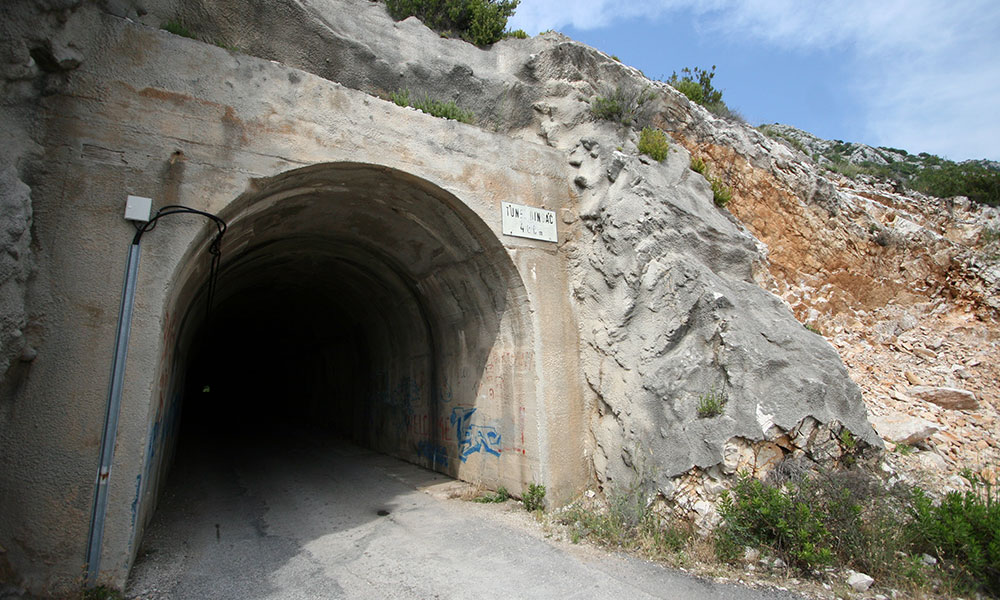
When you drive around for a half hour in a village with a population less than a metropolitan city block, you start to get frustrated when you can’t find one single vintner. Then, all of the sudden, you drive the opposite way down what seems to be a one way street and you come across a little winery hidden amongst the small, old streets of Potomje on the Pelješac Peninsula.
The winery in question is Kiridžija. The owner, Vedran doesn’t make his presence very well know, but then again, he probably figures that those who need to find him will find him, since he’s been making wines in his location for about the last 16 years and his family has been making wines from before he can even remember, which would probably be somewhere around 300 years; the age of his home.
He’s a quiet, reserved fellow whose wine does most of the talking and it does that eloquently. Both his basic Plavac and more elaborate Dingač wines are outstanding. The Plavac, despite being the cheaper wine, is still very good. It has all the usual Plavac elements to the nose including, some mint, blackberries, and tobacco. The finish is different in that it comes out rather buttery and the inherent dryness (that is in nearly all the wines from this region) has a delayed effect, not really hitting you until after the finish, making it rather remarkable.
His Dingač is simply one of the finest to be found. The 2005 is interesting with a wet nose and light, subtle fruits, but it’s the 2006 that stands out above all others. The subtlety of the wine is immaculate. The earthy flavors of the body tuck in to themselves, sometimes betraying sweetness and sometimes betraying bits of strawberry and blackberry. It’s a wonderful wine to hold in the mouth and just enjoy. A lot of this is due to what is apparently very high quality Hungarian oak barrels that Vedran is using which set his wines apart from the standard Slavonian or French barrels used by others. Another thing that makes the wine different (and very tasty to those who like New World wines) is that it clocks in at a whopping 16.4% alcohol, which is nearly unheard of in the region, save for the wines from Bura-Mokalo. For contrast, most other Plavacs weigh in around 13.5% or less. This heat undoubtedly fuels a good deal of the luscious flavors, but then again makes it a difficult wine to pair with meals and the wine is best had by itself.
The Kiridžija can sometimes be found at local stores and even Dubrovnik where one of the wine bars at the end of the Stradun keeps them stocked. Short of that though, you might just need to pay a visit to Vedran’s winery to pick them up at the source.
We talk a great deal more about Kiridžija as well as other Croatian wineries in our Dalmatian wine guide.
